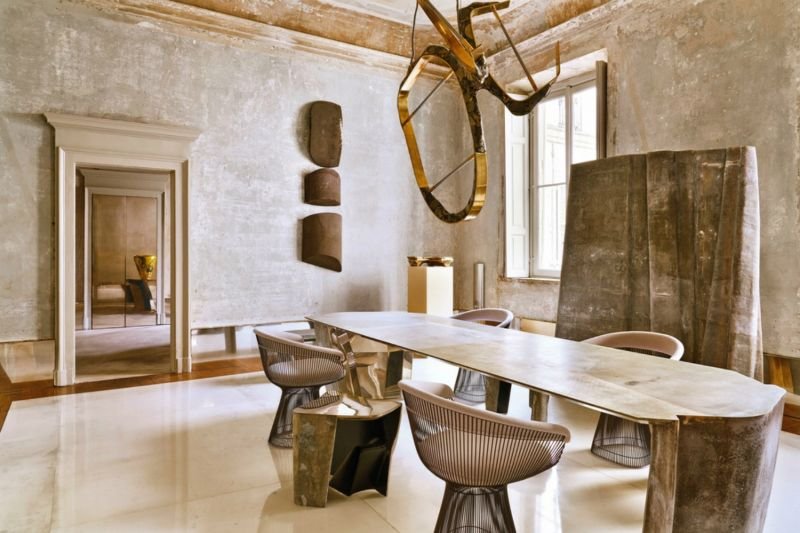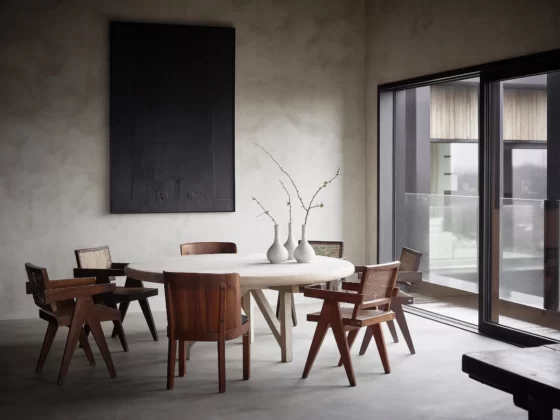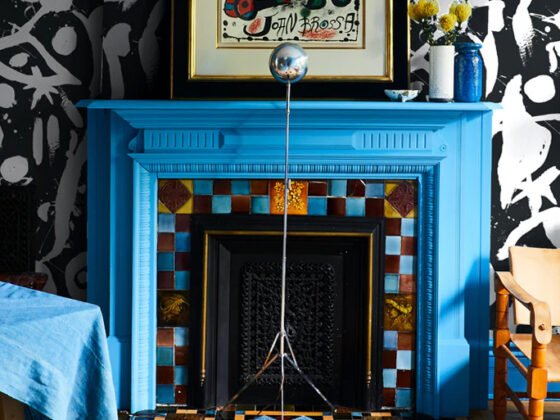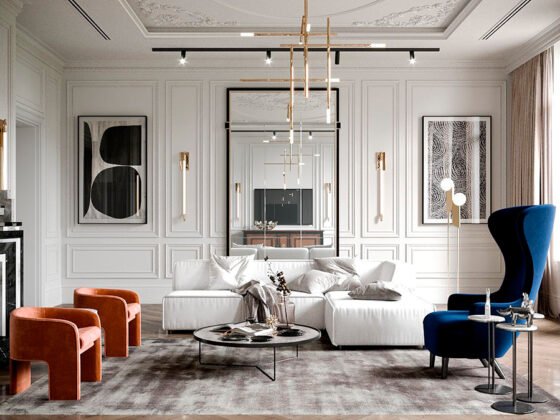No one will deny that Italians have good taste. Whether it’s food, clothes, cars, jewelry or handbags – Italians always manage to surprise.
Interior design is another strength of Italy. From Renaissance ceiling and wall designs to Roman Empire mosaics, it has been a central part of Italian culture for centuries.
Italian interior design is renowned for its classic taste, minimalist approach, and luxurious pieces. It’s better to invest in a few exceptional pieces rather than filling your home with average furniture and art. To fully embrace the spirit of Italian interior design, consider the beauty and design of each element. Does it fit your home? Does it tell a story? Do you love it? If you can’t answer these questions with a resounding yes, the answer should be a big no!
Every aspect of the home should be considered when decorating – if you can’t afford the highest quality craftsmanship for wall panels, lamps or cushions, opt for fewer but top-notch items. This will give your home a sense of value and individuality over time. Italian interior design emphasizes minimalism combined with exquisite details.
So, lets look at some principles of how to achieve the perfection of Italian interior design in the interior.
Don’t Be Afraid To Combine Modern Elements With Old Or Historical Details
Italian design places a strong emphasis on preserving the country’s architectural history. When exploring Italian cities and towns, you may come across many old buildings with a modern interior design twist, showcasing the seamless integration of contemporary furniture and decor.
The mixing of both old and new interior design styles is very characteristic of the Italians.
If you don’t reside in a historic building, no need to worry. You can still incorporate classic Italian design elements into your home. Seek out antique furniture and decor items at antique stores or auctions to bring a touch of charm and personality to your interior.
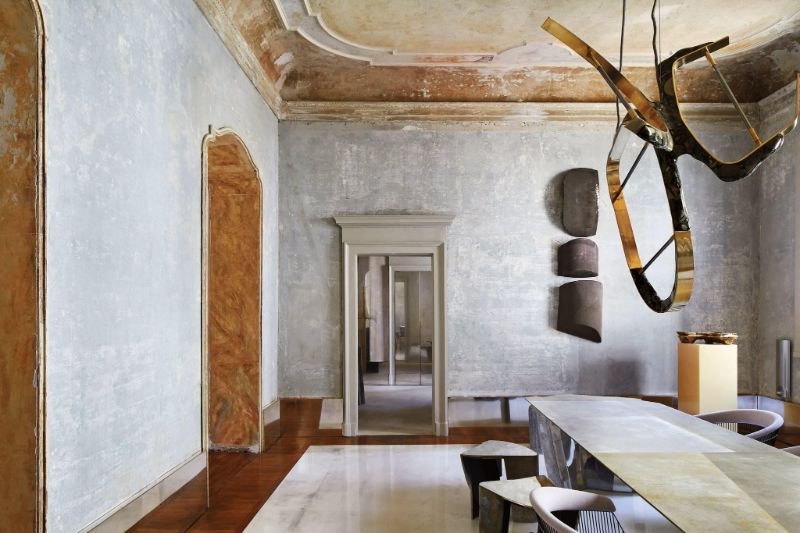
Open Spaces
To embody the essence of Italian interior design, prioritize open spaces. Even in a small space, you can create an Italian feel by removing unnecessary walls to create an open-plan kitchen/dining area. Avoid overcrowding the space with furniture and allow plenty of natural light to enter, giving the room a sense of airiness.

Kitchen – The Center Of The Home
Italians are famous for their delicious cuisine. In an Italian-style home, the kitchen should be a hub for family gatherings and relaxation, as well as a space for cooking. An ergonomic cooking area is crucial, but so is a large table or island with comfortable seating, allowing guests and family members to chat and keep the cook company while food is being prepared.
The kitchen is the heart of the home, where the family gathers at the end of a working day to talk, cook and relax together.
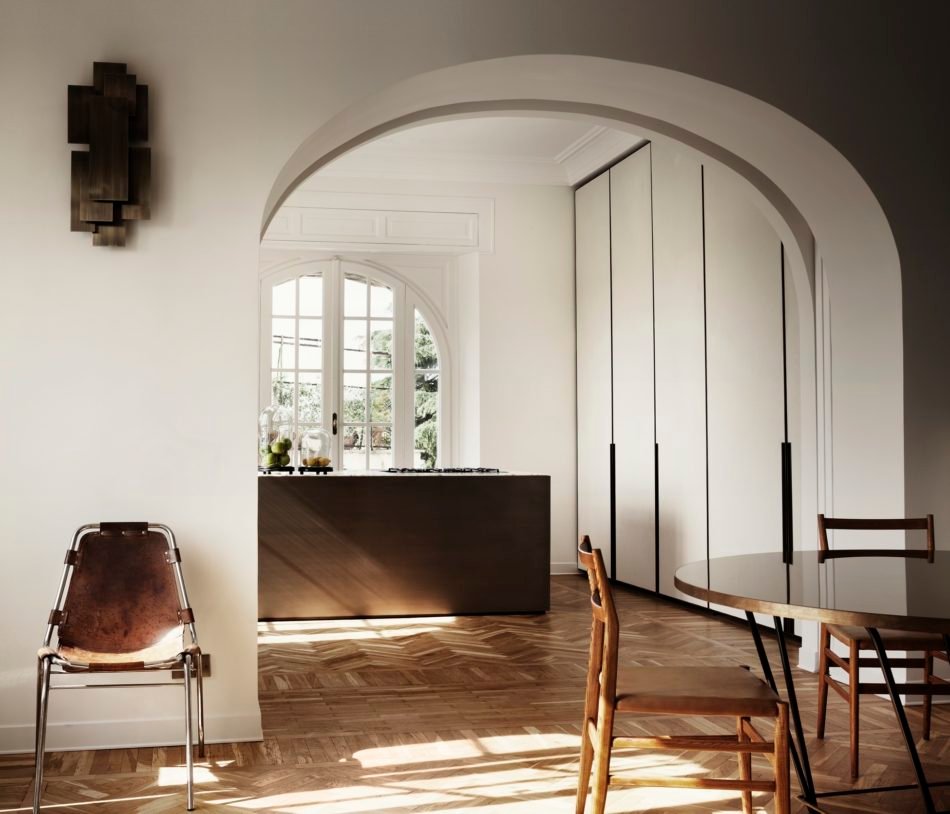
Natural Materials
Another hallmark of Italian interior design is the use of natural materials such as wood, stone, and metal. These materials are prevalent in Italian-style interiors, such as mosaic tile floors, striking marble countertops, and metal and wood accents in furniture.
Italy has a long-standing reputation for stone processing and its diverse applications, from terracotta tiles to various marble surfaces. Not everyone can afford to have stone floors from Milan, but you can still incorporate stone elements into your decor through marble wall panels, table tops, or other accents.
Recently, there has been a renewed interest in small cement tiles, offering a stylish and budget-friendly way to add Italian flair to your kitchen, bathroom, hallway, or terrace.

Lighting
Lighting is an extremely important part of any interior design. The Italians have known this for a long time and are famous for producing amazing lamps and chandaliers
There is no one formula or style for choosing lighting in Italian decor. In each project, the lighting will depend on the specific goals and planning of the spaces. As an example, a huge chandelier will be appropriate in a room with high ceilings, and to create soft, diffused light, use floor, table and wall lamps.
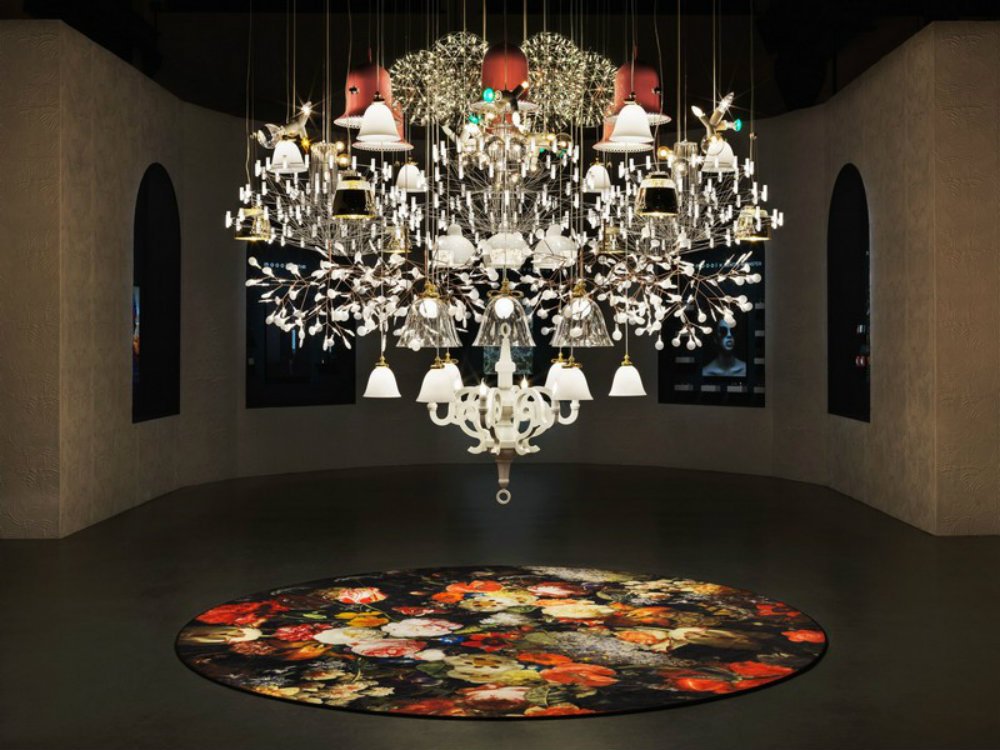
Minimalism Combined With Cosines
While Italians may not have the same minimalist approach as the Japanese or Scandinavians, simplicity still plays a crucial role in Italian interior design. Today, Italian homes tend to embody a clean and uncluttered look.
In contrast to their ancestors who favored heavily decorated homes with numerous ornaments and figurines, the current generation values a more streamlined appearance, opting to store and conceal excessive items. Instead, a focus on a few eye-catching elements such as a large leather sofa, patterned rug, or statement piece of art is emphasized.
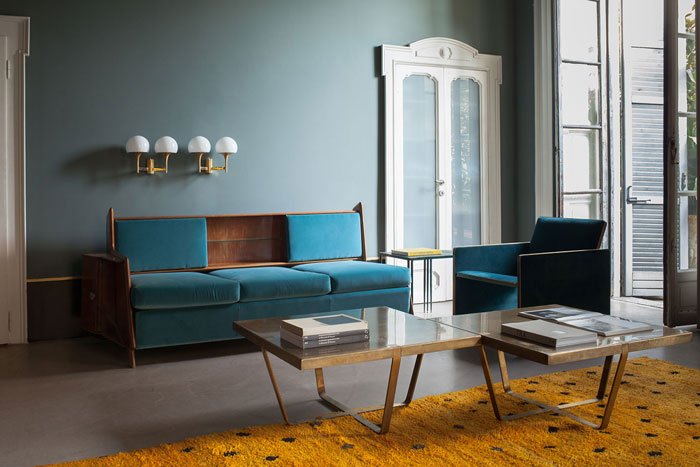
Designer Pieces
It’s well-known that Italians have a love for designer fashion. This extends to their homes as well, where high-end designer furniture can often be found. Italians often prioritize saving to make larger investments in brand name home decor.
Italian interior designers have a reputation for setting global design trends, known for their ability to seamlessly blend contemporary style with timeless elegance and sophistication.

If you need inspiration, Italian architecture and fashion magazines can provide great ideas. Look for vintage Italian maps or contemporary Italian furniture and decor pieces to infuse your home with Italian style.
Remember to stay true to your taste and invest in high-quality items that fit within your budget. With these tips, you’ll soon be able to bring Italian interior design into your home.

